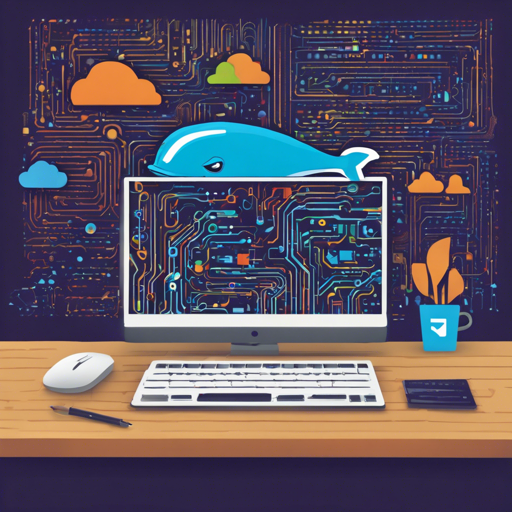Are you looking to simplify your Android development workflow with a powerful Docker image? Look no further than the Android Build Box! This guide will walk you through the steps to pull and use the Android Build Box Docker image effectively. Let’s dive into the building blocks of your Android project!
1. Introduction
The Android Build Box is an optimized Docker image that comes pre-loaded with the Android SDK and Flutter SDK, making it a breeze to set up your development environment.
2. Components of the Docker Image
The latest Docker image features the most recent software installations, including:
- Ubuntu 22.04
- OpenJDK (Java) versions: 8, 11, and 17
- Android SDKs for various platforms: 28 to 34
- Multiple build tools
- Android Emulator
- Python 3.8.10
- Node.js, React Native, and more!
For an updated list of the installed software, refer to the Dockerhub description linked above.
3. Pulling the Docker Image
To pull the latest Docker image, simply run the following command:
docker pull mingc/android-build-box:latestIf you prefer to use a specific version, replace latest with the desired version number, such as mingc/android-build-box:1.25.0.
4. Building Your Android Project with Docker
Building your Android project can be done effortlessly with a single Docker command. Imagine Docker as the efficient contractor who takes your project materials and constructs your software building:
- First, you need to change directories to your Android project root by running:
cd android_project_directory. - Next, execute the build command:
docker run --rm -v $(pwd):project mingc/android-build-box bash -c "cd project; ./gradlew build". - To create a release bundle, simply swap
buildwithbundleRelease.
5. Cache Management in Docker
Caching is a great way to optimize your builds, but remember, it doesn’t reduce overall disk space—instead, it increases it. Think of caching like storing additional supplies in a warehouse. Here’s how to set up caching for your project:
# Create directories for jEnv cache
mkdir ~/.docker/cache/jenv
# Create a named volume for jEnv cache
docker volume create --driver local --opt type=none \
--opt device=~/.docker/cache/jenv \
--opt o=bind jenv-cache
# Run the container with jEnv cache
docker run --rm -v jenv-cache:/root/.jenv mingc/android-build-box bash -l
5.1 Gradle Cache Configuration
To enable Gradle caching, add the following command:
-Dorg.gradle.caching=true6. Troubleshooting
If you encounter issues while running your Docker image, consider the following troubleshooting steps:
- Ensure Docker is correctly installed and running.
- Check that your project directory path is correct.
- Make sure your Docker cache volumes are set up correctly.
- If persistent issues occur, rebuild your Docker image using
docker buildwith the required flags.
For more insights, updates, or to collaborate on AI development projects, stay connected with fxis.ai.
7. Final Thoughts
Using the Android Build Box, you can now easily manage your dependencies and build process without the hassle of configuring your environment manually. This structured approach enhances your efficiency in development.
At fxis.ai, we believe that such advancements are crucial for the future of AI, as they enable more comprehensive and effective solutions. Our team is continually exploring new methodologies to push the envelope in artificial intelligence, ensuring that our clients benefit from the latest technological innovations.

